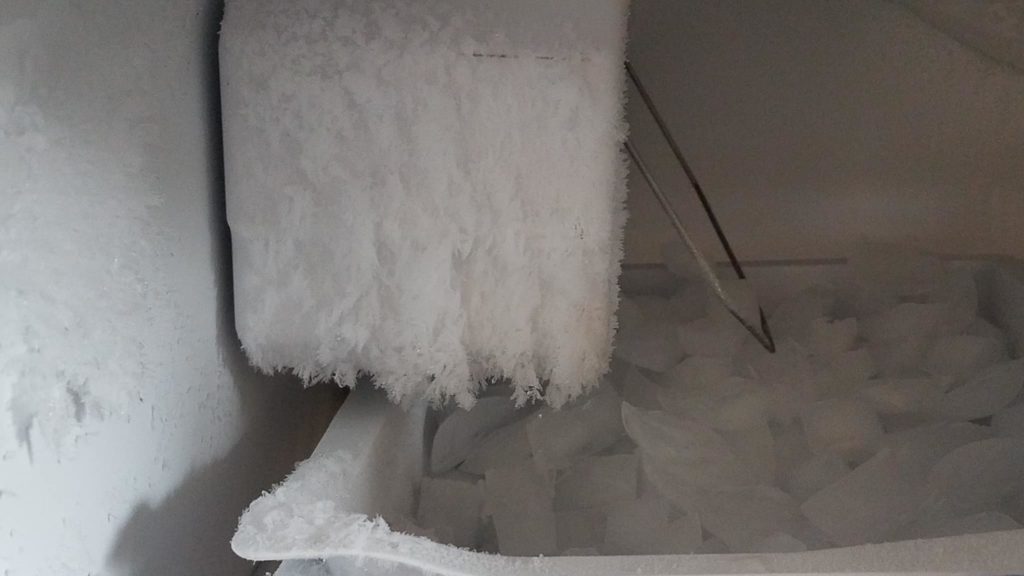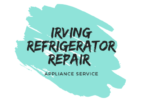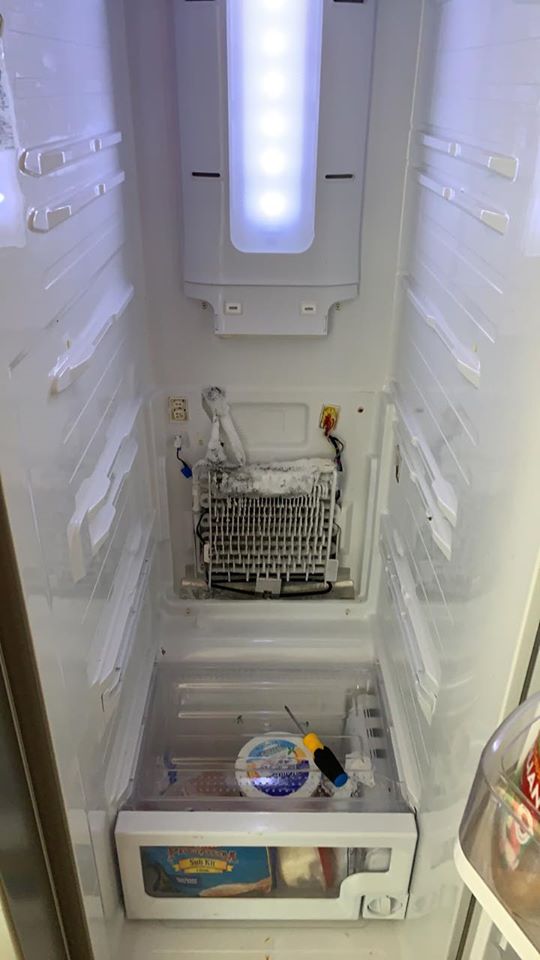This blog post is targeted towards DIY refrigerator repair service homeowners. This system repair procedure gives the layman an overview of the refrigerator system and service. This comprehensive step by step guide to help in understanding the refrigeration system including the system repair procedure.
This article is extracted from the book called “MAJOR APPLIANCES OPERATION, MAINTENANCE, TROUBLESHOOTING, AND REPAIR” by “BILLY C. LANGLEY“
Testing for refrigerant leaks
ifs the system is diagnosed as short of refrigerant and the system has not been recently opened, there is probably a leak in the system. Adding refrigerant without first locating and repairing the correct the difficulty. The leak must be found and repaired. Sufficient refrigerant may have escaped making it impossible to leak-test effectively. In such cases, add a 1inch line-piercing valve to the compressor process tube. Add sufficient refrigerant to increase the pressure to 75 psi. Through this procedure minute, leaks are more easily detected before removing the refrigerant from the system. Note: The line-piercing valve (clamp-on type) should be used for adding refrigerant and test purposes only. It must be removed from the system after it has served its purpose.
The various types of leak detectors available are liquid detector (bubbles), halide torch, and halogen sensing electronic.
A leak can sometimes be found by the presence of oil around it. To be conclusive, however, use a leak detector.
Liquid detector (bubbles) can be used to detect small leaks in the following manner: Brush the liquid detector over the suspected area and watch for the formation of bubbles as the gas escapes. If the leak is small, it may be several minutes before a bubble will appear. Caution: Use the bubble method only when you are sure that the system has positive pressure. Using it where a vacuum is present could pull the liquid leak detector into the system.
When testing with the halide torch, be sure that the room is free from refrigerant vapors. Watch the flame for a small leak. The flame will be unmistakably green to purple when large leaks are encountered. To simplify leak detection, keep the system pressurized to a minimum of 75 psi.
For more sensitive testing use an electronic-type leak detector. Halogen-sensing electronic-type leak detectors are capable of detecting minute refrigerant leaks, even though the surrounding air may contain small amounts of refrigerant.
Cleaning the refrigerant system
Remove any inoperative system components. Flush the high side and the low side of the system with R-12 liquid refrigerant (invert the drum), caution: Any flushing oper5ation must be done in such a manner as to prevent pollution of the atmosphere.
Connect the high side and the low side of the system together. Also, connect the oil cooler tube together. Also, connect the oil cooler tubes together. Then evacuate the system using a vacuum pump. Never use the new compressor for this purpose because it will quickly become contaminated. Break the vacuum with refrigerant. Repeat the process. Then, and this is extremely important, repeat the process a third time for a total of three purges and three evacuations.

System repair procedure
when a diagnosis has definitely established the need for entering the refrigeration system, remove the refrigerant from the system in the proper manner to prevent the refrigerant entering the atmosphere.
1. Cut the low-side process tube as close to the pinch-off point as possible and install a process tube adapter with a hand valve.
2. Attach the lower side manifold hose to this adapter.
3. Install a new service drier and install a process adapter and high-side manifold hose to this adapter.
4. Attach the remaining (center) manifold hose to the refrigerant cylinder.
5. Repair or replace the system component which has failed because of leaks, restriction, or mechanical failure.
Caution: Any time the sealed system is opened and the refrigerant change removed, a new service drier must be installed and the system thoroughly evacuated.
Silver soldering (brazing)
The following steps are recommended for this procedure:
1. The proper cleaning of each piece of metal is extremely important in silver soldering.
2. Apply the proper flux to each joint. Do not allow the flux to get inside the tube. Apply the flux to the male portion of the joint only.
3. Apply heat to the joint. The tip of the torch flame should be held closes to the tubing. This is the hottest part of the flame. Apply the heat evenly over the joint, keeping steel if you are making a copper to steel joint.
4. The flux changes three times as it is warmed. The first change is to a liquid appears to dry and become a white powder then changed back to a watery liquid appearance while the metal becomes cherry red.
5. You should now apply the silver solder to the joint. Capillary action will pull the silver solder into and around the entire joint; however, do not use so much that it sags under the joint.
6. After the joint has cooled, wash the joint thoroughly with a wet cloth to remove any flux.
7. Leak-test the joint.
8. Properly remove the refrigerant from the system. Attach the center manifold hose to the vacuum pump. Pump a minimum of 29.5 inches of vacuum for at least 30 minutes.
Pinch off the dryer process tube.
With the pinch-off tool on the drier process tube remove the process tube adapter.
Flatten the end of the drier process tube and seal by silver soldering.
Charging Procedure
Use the following recommended steps for the charging procedure:
1. Turn the hand valve off and attach the center manifold hose to the charging cylinder.
2. Open the valve on the charging cylinder and purge the manifold hose until the liquid refrigerant is at the hand valve connection.
3. Check the unit serial plate for the correct
charge of
R-12.
4. Check the pressure reading on the gauge at the top of the charging cylinder. Turn the plastic shroud on the charging cylinder to the point where the pressure reading for the refrigerant being used is over the sight glass tube and corresponds with the gauge pressure on the cylinder.
5. Observe the refrigerant level in the sight glass. Subtract the amount of charge and note the shutoff point.
6. Open the hand valve on the process tube very slowly and allow the refrigerant to enter the system.
8. Pinch off the process tube. With the pinch-off tool on the process tube, remove the process tube adapter.
9. Flatten the end of the process tube and seals by silver soldering.
10. Leak-test the end of the process tube.
Continue reading about “Refrigerator Unusual Complaints“

